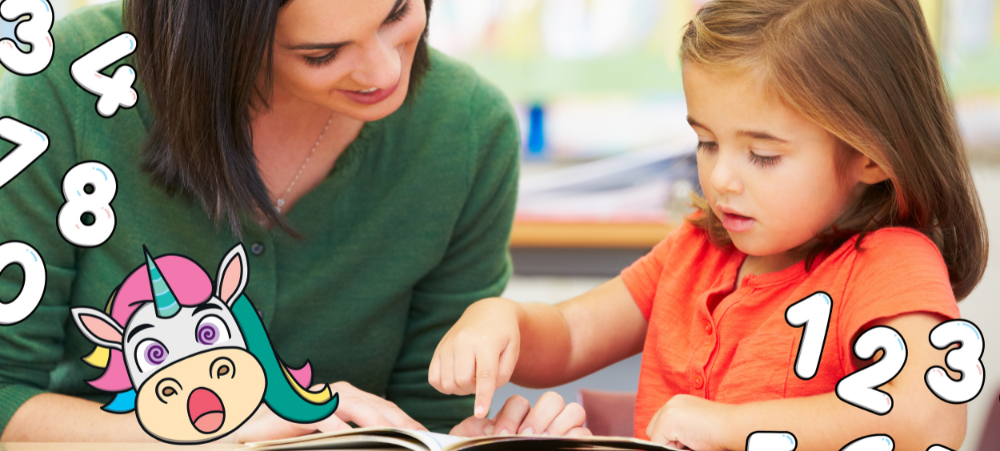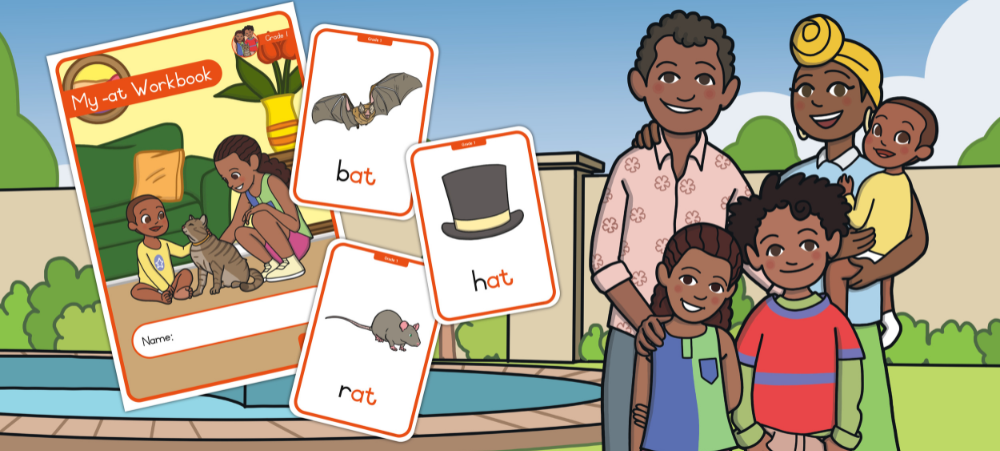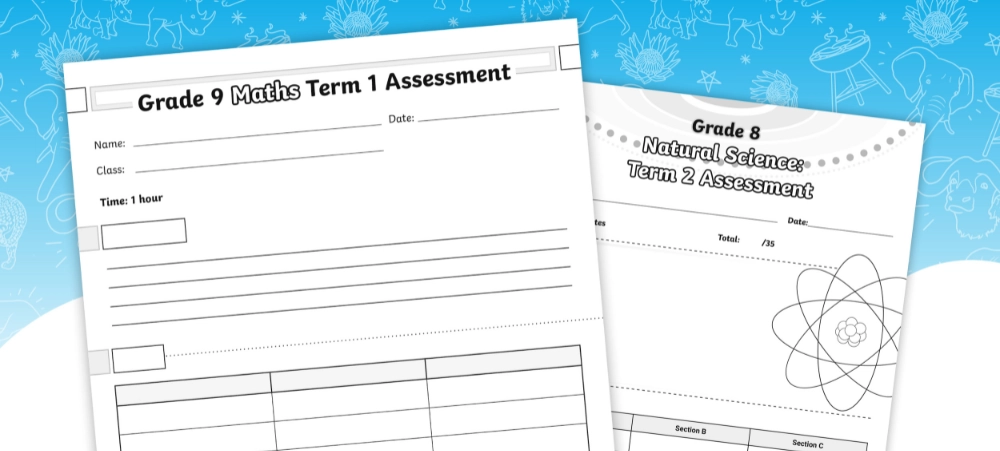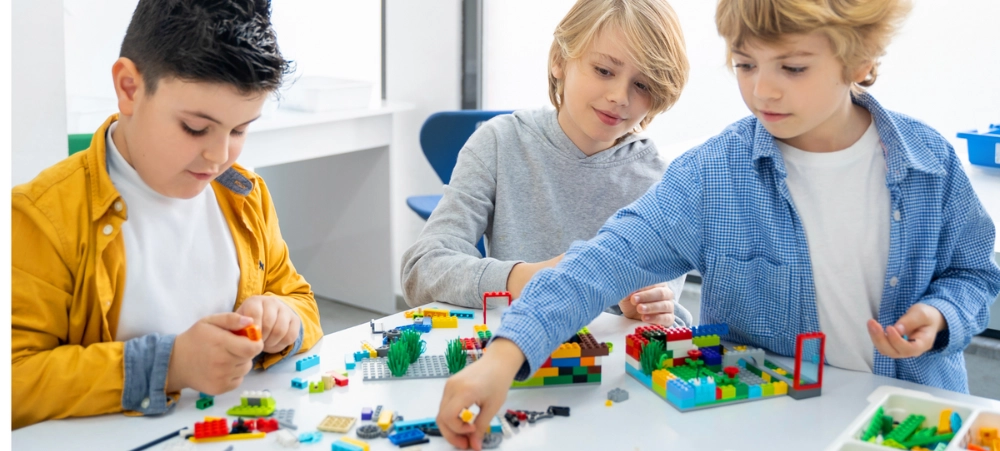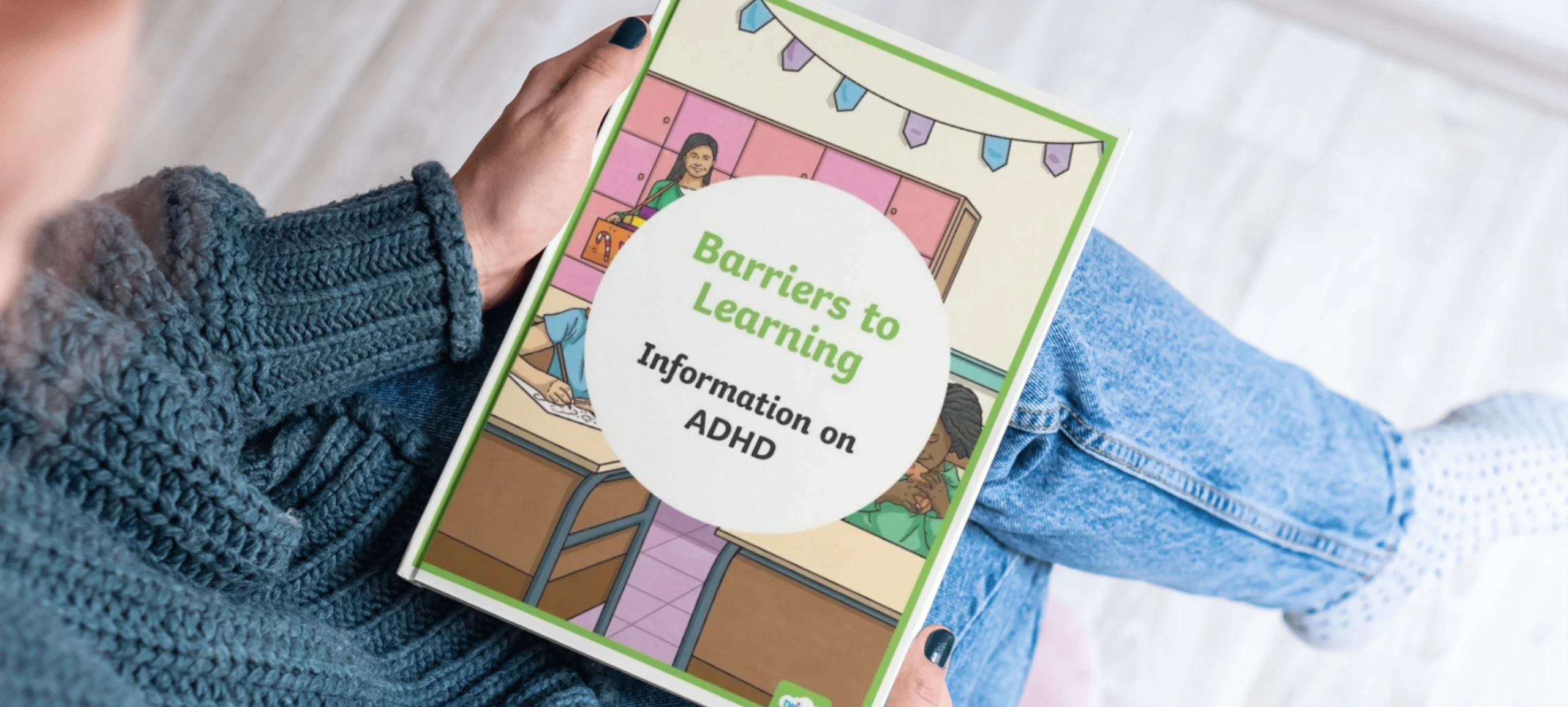
Why Developing Reading Skills May Help Your Child’s Fear of Maths Word Problems
Can you solve this word problem? A pen and a pencil cost one Rand and twenty cents in total. The pen costs one Rand more than the pencil. How much does the pencil cost? The answer is 10 cents. Did you get it right? If you broke out in a cold sweat at the mere suggestion of having to solve this, you’re not alone. There is little that kids dread more than word problems. Even the strongest maths students can struggle when it comes to solving these puzzles. But did you know that having difficulty solving word problems often indicates gaps in reading ability, rather than a deficiency in maths? When solving a word problem, we must: That’s a lot to worry about, and the actual maths part doesn’t come until the very end. Let’s return to the word problem we started with. Did you answer 20 cents? That’s no surprise! When reading the question quickly, we conclude that all we must do is add 1 Rand to 20 cents. Yet, the question specifies that the pen costs a full Rand more than the pencil. If the pencil costs 20 cents and the pen costs 1 Rand, the difference between the two is only 80 cents. Thus, the correct answer is 10 cents. If the pencil costs 10 cents, and the pen costs 1 Rand more (R1.10,) the total cost is R1.20. R0.10 + R1.10 = R1.20 The arithmetic in the word problem isn’t particularly difficult. Understanding the question is. Without strong reading skills, we would be unable to solve this – or any – word problem. Beyond Word Problems Word problems aren’t the only area of maths where reading ability helps. Researchers are increasingly finding a connection between reading and maths skills across the board. To understand this, consider the following factors. Maths vocabulary is very specialised. Take the word division, for example. In everyday speech division has many different definitions, but in maths it is simply “the opposite operation of multiplication.” However, if a student only understands division to mean “something that separates,” it could cause confusion in maths class. School instruction requires that students understand written directions and explanations. Literacy skills are important for understanding everything from what the teacher writes on the board, to what the instructions mean on a worksheet. Students may struggle in maths class simply because they have difficulty reading directions. The very processes that help students become strong readers are just as important in maths. Studies have shown that phonological processing, for example, is a key factor in maths success. Students who regularly read for pleasure had almost a 10% advantage in their maths skills. This was shown in a study conducted by the Institute of Education at London University2. The study’s author argues that “strong reading ability will enable children to absorb and understand new information.” This ability can help in any subject, including maths. Clearly, the connection between reading comprehension and maths skills is significant. Developing reading ability will benefit your child far beyond English class. With a solid foundation in reading ability your child will be on the path to success in maths and beyond. The Kumon English Programme can help your child to develop a love of reading and enhanced comprehension. Find out more about the Kumon English Programme by visiting www.kumon.co.za/english. This article is courtesy of the Kumon North America website1 1 https://www.kumon.com/resources/fear-of-word-problems/ 2 https://www.bbc.com/news/education-24046971











